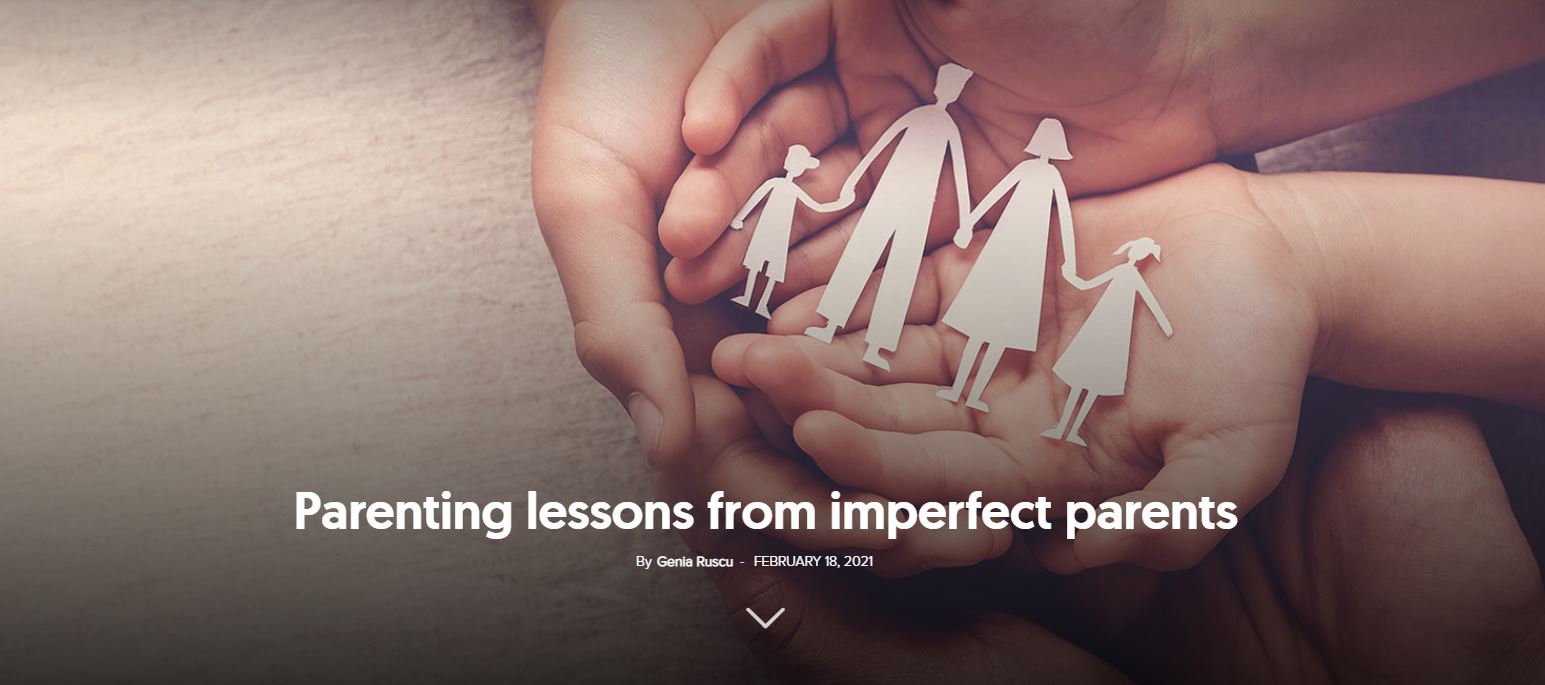“Once upon a time, there was a princess as beautiful and kind as a fairy. She was an only child and her parents loved her dearly and did everything for her. When she grew up, they gave her a magnificent wedding to the brave man she had chosen, a handsome and virtuous fellow. After a while, misfortune struck: not a day would pass without a harsh word or a deep sigh at the palace…
“After a while, misfortune struck: not a day would pass without a harsh word or a deep sigh at the palace. The couple found a reason to quarrel about everything, and were consumed with rage, while the parents and courtiers wrung their hands helplessly. One day, an old man secretly whispered a word of wisdom to the emperor, and a year later, the princess gave birth to a child. There was a celebration throughout the kingdom, and the news spread over land and sea. From that day on they lived happily ever after…”
If the myth of saving a family by having a child were told in this way, many (though not all) of those who believe it today would probably give up such beliefs. Yet the story is not told exactly like this, but in much more realistic and believable versions—which is why, unfortunately, there are many who succumb to the illusion that family harmony would be restored by the birth of a child.
What is the right motivation for having a child? In the media we come across many ways in which celebrities who have experienced a separation have tried to show their partner that they are determined to “start again”: going on a luxury holiday together, giving each other gifts (the cost of which must correspond to the pain caused), buying a house together, or deciding to have a baby.
For families with limited financial resources, having a baby may seem to be the only viable “solution” in the above list. The couple believes that the future child is the most appropriate symbol of their renewed love and, what’s more, will remain a living link of the relationship in the future, always reminding them of their decision. If the child represent a commitment between the two of them, then perhaps it will work. But what about all the other instances?
What do we lose by trying?
The decision to conceive and raise a child is not only a major turning point in a couple’s experience, but far beyond that, it is the moment when the life of a new being is decided. Before seeing the child as the solution to marital conflict, a couple should consider first and foremost the future well-being of the child who will complete their family.
If there are problems between the couple, won’t they persist after the arrival of the third member of the family? Experts regularly remind us that the atmosphere in the home has a great influence on the development of the child. An environment of arguing, or even hostile silences, will not go unnoticed, and the “junior” will absorb this spirit much quicker than parents can imagine. Still, is there a real chance that the birth of a child will bring more harmony to the family?
Isn’t having a baby more of a challenge?
The influence of the myth in question can also be seen in the interest that researchers have shown in the subject, as evidenced by the large number of studies that have sought to discover the true impact of the arrival of a child on parents’ marital satisfaction.
According to a Swedish study, parents’ perceptions of their relationship may be positive after the birth of a child, but the relationship itself suffers[1]. One of the issues often raised is the difference between the changes in the wife’s life and the changes in the husband’s life after childbirth.
The mother feels that her life has changed significantly, while the father’s life has remained the same[2], and therefore the wife may conclude that she is the only one who has made and is making real sacrifices for the newborn.
Another study[3] concluded that there are two main ways (both negative) in which childbirth can affect a parent: either they perceive their partner as indifferent or even negative towards them, or they feel that conflicts arise between family life and work, exacerbated by the increased demands of the family.
Overall, pregnancy, childbirth and caring for the newborn are major stressors, and the pressures created by the multitude of new problems (extra expenses, time commitment, lack of rest, potential health problems for the newborn, and physical changes in the mother) only exacerbate pre-existing conflicts. Surely a new baby is enough of a challenge that it cannot also be a solution.
If there are no major problems in the couple’s relationship and they decide to expand their family, not only will the child receive the gift of a life in which he or she does not have to “take sides” with either parent, but the couple will also enjoy special satisfaction that can only be experienced in the role of “mother” and “father.” Surely, under these conditions, the quality of the relationship will also increase.




















